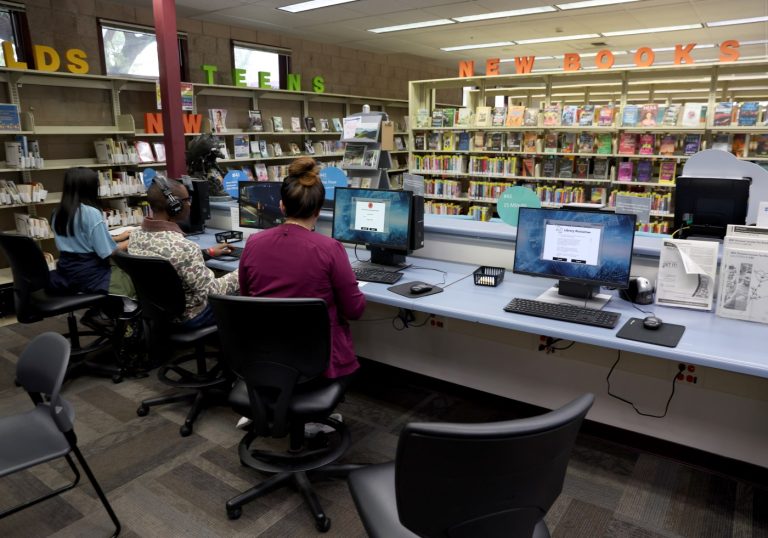Around half of the global population could need corrective lenses by 2050 — a health care burden that already costs Americans an estimated $7.2 billion annually. It’s because myopia, also known as nearsightedness, is at epidemic levels, according to Rochester Institute of Technology professor Andrew Herbert.
With May being Healthy Vision Month, now is a good time to explore why your eyesight might be changing. Although increased screen time plays a role, people are developing the condition for reasons other than their phones.
“Two recent studies featuring extensive surveys of children and their parents provide strong support for the idea that an important driver of the uptick in myopia is that people are spending more time focusing on objects immediately in front of our eyes, whether a screen, a book or a drawing pad,” Herbert told the Conversation.
“The more time we spend focusing on something within arm’s length of our faces, dubbed ‘near work,’ the greater the odds of having myopia,” he continued.
A 2022 study out of Germany, and published on BMC Better Health, discovered sunlight plays an important role, as well. Children who didn’t spend significant time outdoors were more than four times more likely to develop myopia.
Related Articles
Melissa McCarthy defends Barbra Streisand’s Ozempic comment on social media
Is this refinery-turned-housing-development a model for reclaiming contaminated sites?
Opinion: Does social media rewire kids’ brains? Here’s what science really says
Arizona Legislature repeals Civil War-era abortion ban
Exposed to Agent Orange at US bases, veterans face cancer without VA compensation
For example, East Asia has seen booming levels of industrialization over the past 50 years, leading to more young people spending time in classrooms and less time outdoors. It’s that significant change in behavior that has led to increased troubles with nearsightedness.
“Countries in Western Europe, North America and Australia have shown increased rates of myopia in recent years but nothing approaching what has been observed recently in China, Japan, Singapore and a few other East Asian countries,” Herbert said.
“The two main factors identified as leading to increased myopia are increased reading and other activities that require focusing on an object close to one’s eyes and a reduction in time spent outdoors,” he continued.
The severity of these cases won’t be fully known for the next four to five decades, the 2022 study concluded. “It takes time for the young people being diagnosed with nearsightedness now to experience the most severe vision problems,” the researchers wrote.
©2024 The Atlanta Journal-Constitution. Visit at ajc.com. Distributed by Tribune Content Agency, LLC.












